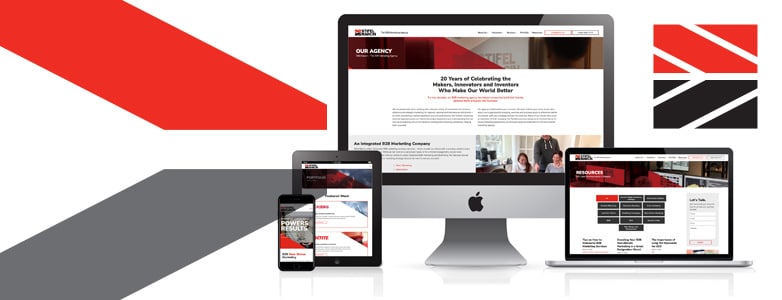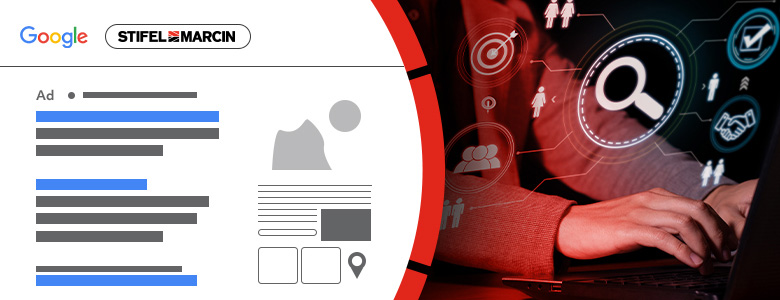A company branding kit may just be the most important marketing asset your company produces. Thorough brand standard documentation not only helps to guide the direction of every piece of marketing, from ads to presentations to packaging, but it also informs your employees, vendors and partners about how to best present your look and voice at all times.
In a digital world when even your logo can be edited with the quick click of a mouse, providing a clear blueprint about your brand identity and how to preserve it pays dividends. This is especially true if multiple stakeholders within your organization localize marketing assets or have access to your website, social media and other digital components.
Brand Consistency Matters
Seventy-seven percent of B2B marketers say “building a strong brand is key to their company’s growth.” Yet only 25 percent of companies have formal brand guidelines that are enforced.
Consider the following statistics:
· Presenting a brand consistently across all platforms can increase revenue by up to 23 percent – indicating the impact of marketing and improved brand recognition.
· 60 percent of millennial consumers expect brands to be aligned across different platforms.
· Consistently presented brands are 3.5 times more likely to enjoy excellent brand visibility than those with an inconsistent brand presentation.
A different color used here, or an incorrectly cropped logo there, may seem insignificant, but over time these subtle inconsistencies can negatively influence your target audience, who is looking for dependability and stability in the brands they choose to trust. Even minor discrepancies in visual or verbal communication can lead to a loss of that trust. If you are unable to create an effective brand presentation, customers may wonder how they can trust you to be effective when fulfilling their needs.
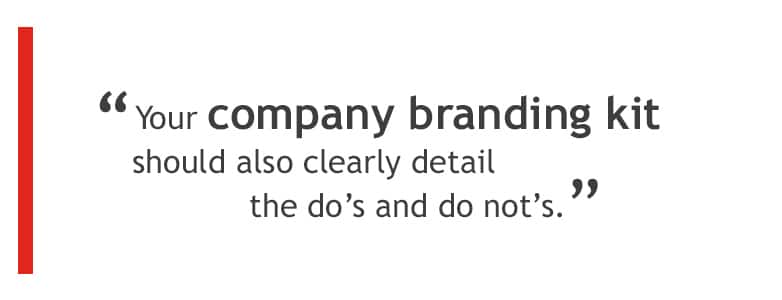
What to Include in Your Company Branding Kit
While a brand guide is unique to every company, there are common components that should likely be included, such as:
· A corporate messaging overview (which may include mission statement, core values, elevator statement, etc.)
· Tone of voice
· Logos – including sizing, usage and reproduction guidelines
· Fonts – primary and secondary
· Approved color palette with both print and digital standards, such as breakdowns for CMYK, RGB, Pantone®, Hexi, etc.
· Stationary (including business cards, letterhead, invoices, etc.)
· Email signatures
· Social media graphics and guidelines
· Digital assets and approved imagery
· Marketing and branding project workflow management and contact information to support questions regarding compliance and usage
It’s All in the Details
Your company branding kit should also clearly detail the do’s and do not’s, especially related to your logo, fonts and colors. Thoroughly detail rules like “the logo should never overlay a photographic image” and communicate the specific formats for different applications – such as Pantone, Hexi, RGB and CMYK primary and secondary brand colors.
While some traditional brand manuals speak solely to its visual representation, don’t overlook the importance of addressing your company’s tone of voice and critical content such as tagline usage, mission statement language, social media and more. Your brand voice is how you communicate and connect with customers – consistency in that messaging is just as vital as the visuals.
A company branding kit can quickly become a dense document. At Stifel Marcin, we often consider developing one-sheeters for internal usage for staff that are simple to reference and encourage easier adoption of the guidelines. More on that below.
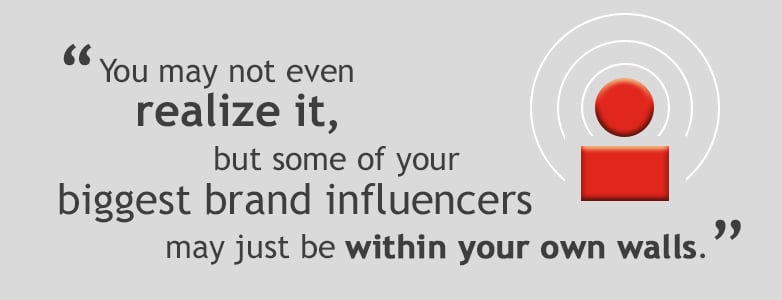
Craft Brand Guidelines That Encourage Your Employees to Share Your Story
Social media is an area where additional support for staff can be crucial. Internally, those working to support social media on company accounts should be well-armed with a blueprint that is specific to your social channels – think approved messaging and subject-matter, appropriately sized imagery, channel-specific recommendations, and instructions on how to make any modifications if necessary.
Just as important to your company profiles, providing all of your employees with guidance on how to share your company messaging, news and industry updates with their personal networks can reap rewards as well. Often an employee will want to share more about your organization on their social media channels but may hesitate to do so for uncertainty about what to say or how to share it. Or their well-intentioned posts may inadvertently include inappropriate subject matter – like a poorly cropped logo or perhaps a photo that shows people on the shop floor which is not compliant with safety standards.
Here are some helpful hints about what to include on an internal social media one-pager:
· Approved/suggested hashtags
· Links to approved images/article links
· Correct company social handles
· Guidelines on what is not permissible to show
· Recommended subject matter, or tips for common post types
· Internal social media contacts to support your team in case of questions
If your B2B organization has a large announcement or campaign planned, providing your staff easy ways to become actively engaged online can benefit your brand as well. You may not even realize it, but some of your biggest brand influencers may just be within your own walls. Creating a unique social content distribution guide that supports your overall branding guidelines, and provides campaign/announcement-specific recommendations, can be a worthwhile investment to help staff spread the word while staying true to your branded messaging and visuals.
At Stifel Marcin, we’ve supported clients in specific initiatives on social channels. For example, if an organization is promoting the launch of a new product, a campaign-specific company branding kit might include:
· Specific messaging – what is the correct way to promote and present the announcement (remember small words can matter, for example “acquisition vs merger”)
· A clear CTA to define the action your followers can take when they see the news
· Links to approved imagery/video assets (sized appropriately for each social channel)
· Sample templated messaging that includes correct company handles and external links
· Branded hashtags
· Specified embargo dates if applicable – be clear when employees can start sharing online
Social impact and reach can be a powerful tool, but it also must be thoughtfully and purposefully managed to ensure brand compliance. If you have questions about branding and social media, our experts can help.
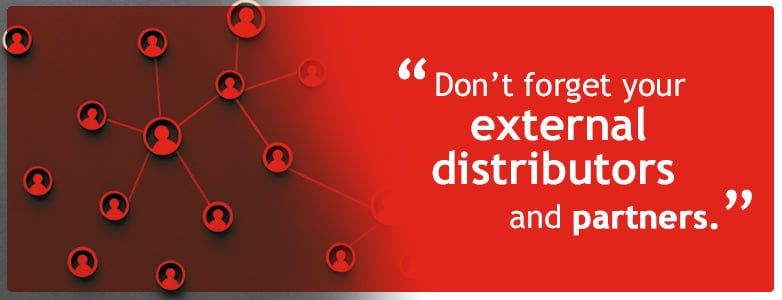
Controlling Your Brand Externally
We’ve discussed the benefits of activating your employee brand ambassadors, but let’s not forget your external distributors and partners. Your logo may be included on their website, they may utilize your product-specific sell sheets or marketing assets, or perhaps a co-branded announcement is in the works. Providing an abbreviated company branding kit/one sheet that is for external collaborators is also critically important for maintaining that all important brand consistency.
An external guide can include:
· Links to approved logos in various sizes
· Examples of how your logo can be used for co-branding (required space around logo/which logo is larger, etc.)
· Templated social messaging and approved hashtags
· Colors/fonts
· Applicable embargo dates
· Correct website links for inclusion on distributor websites
· Company contacts for clearances and approvals
A Worthwhile Investment
“Your brand is the single most important investment you can make in your business.” – Steve Forbes
Wise words from Mr. Forbes. While creating a company branding kit does involve a marketing spend, the cost of not creating and utilizing brand standards may be more significant. Brand messages should be strong, memorable and promote the essence of your organization. Having, and consistently enforcing, a company branding kit helps prevent an image of instability or confusion.
Your team works hard to build and maintain a B2B brand that embodies quality, expertise and leadership. Own your brand at every customer touchpoint to preserve that hard earned positive reputation. Find more tips about digital branding in our article “Wild Web World – Digital Branding Risks.”
Delivering Branding Tools and Campaigns That Rise Above the Rest
There is a very short window for a company to convey its brand position and promise to a potential customer. With two decades of B2B branding agency experience, we have worked with clients to define their identity and provide tools and services that establish clear and compelling branding positions. If you need help establishing a company branding kit or developing your branding strategy, contact us and a member of our team will be in touch.
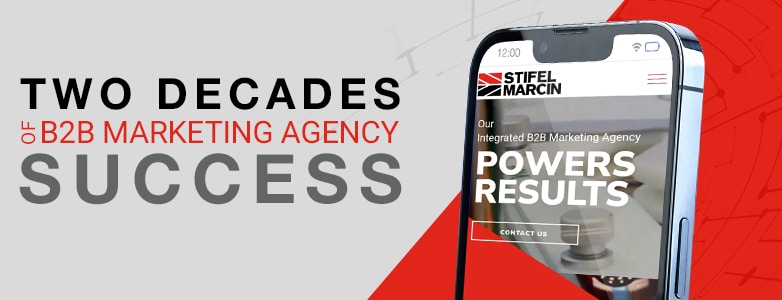
Stifel Marcin – The B2B Marketing Agency
Unlike many advertising and marketing agencies, B2B isn’t just something that we do, it’s all we do. We’ll work to help your brand achieve its goals through the strategic combination of creativity, communication and technology. Our focused client intake processes give us the ability to thoroughly understand your business, products and objectives, working to identify the competitive advantages and opportunities that will grow awareness, leads and sales. We develop innovative marketing plans with strategic, data-driven processes, presenting complex ideas and compelling messages that position your business ahead of the competition. As your cooperative partner, our integrated B2B marketing agency is dedicated to your success. If you have questions about logo and branding services, or are looking to create a company branding kit for your organization or campaign, let’s talk.

